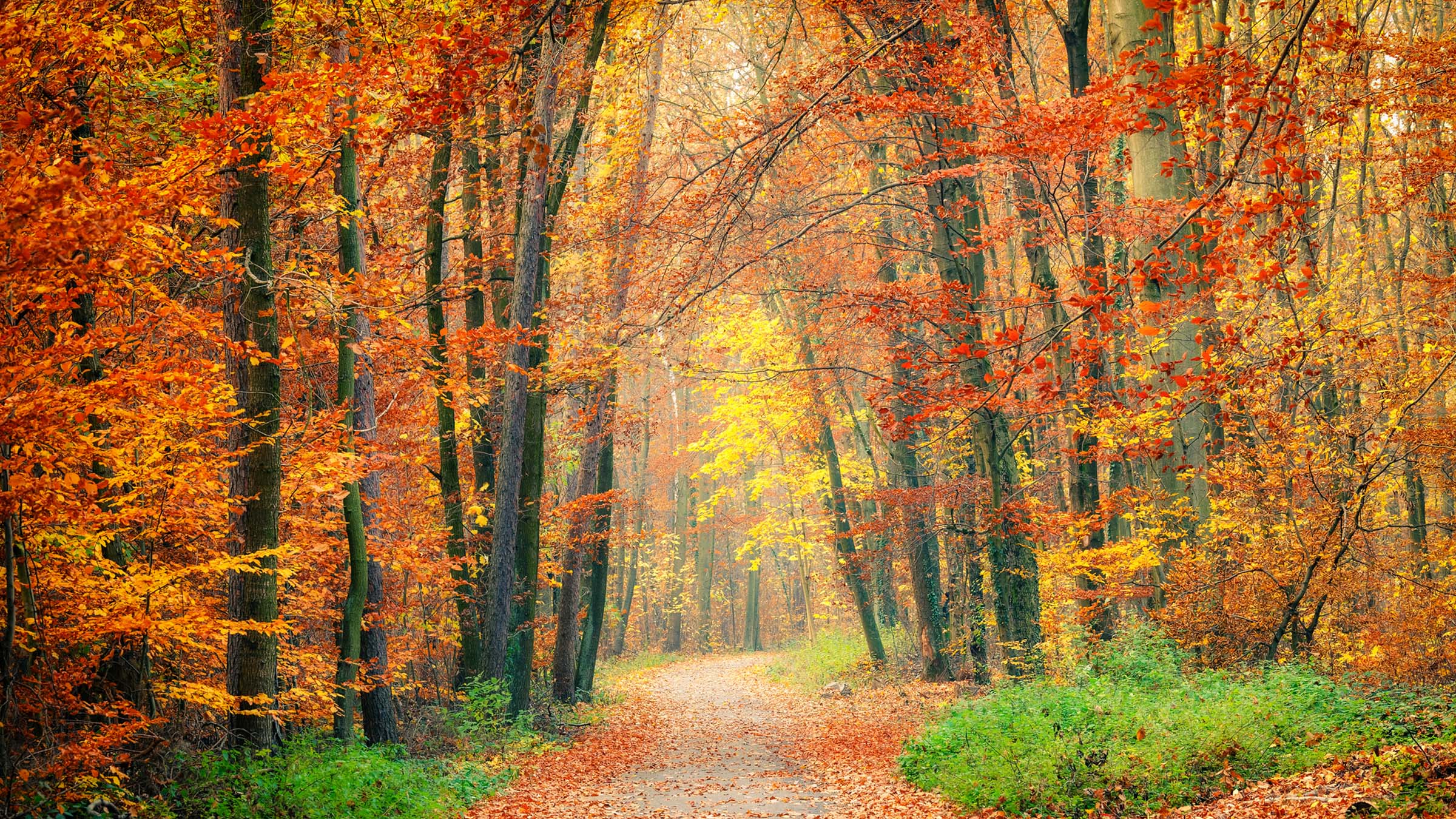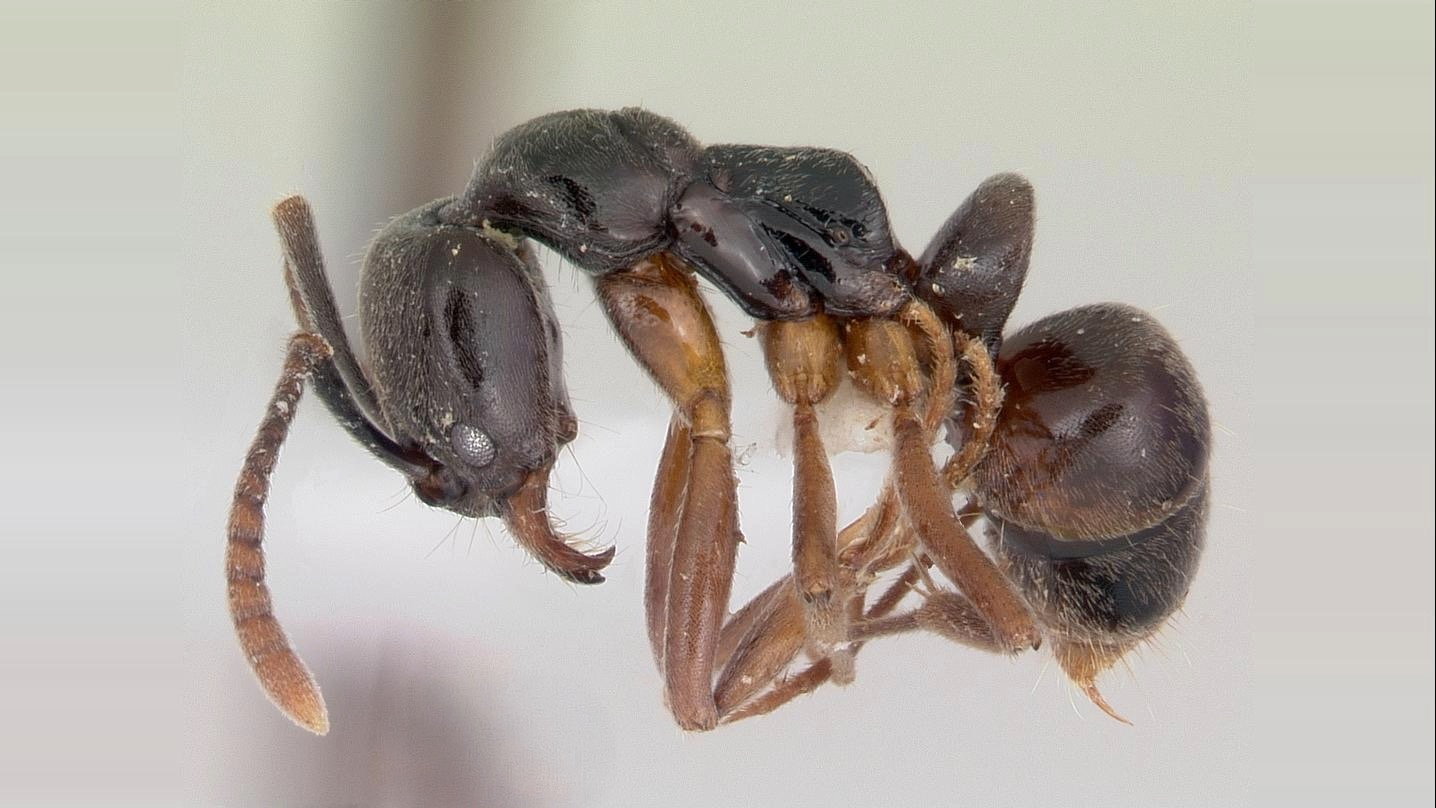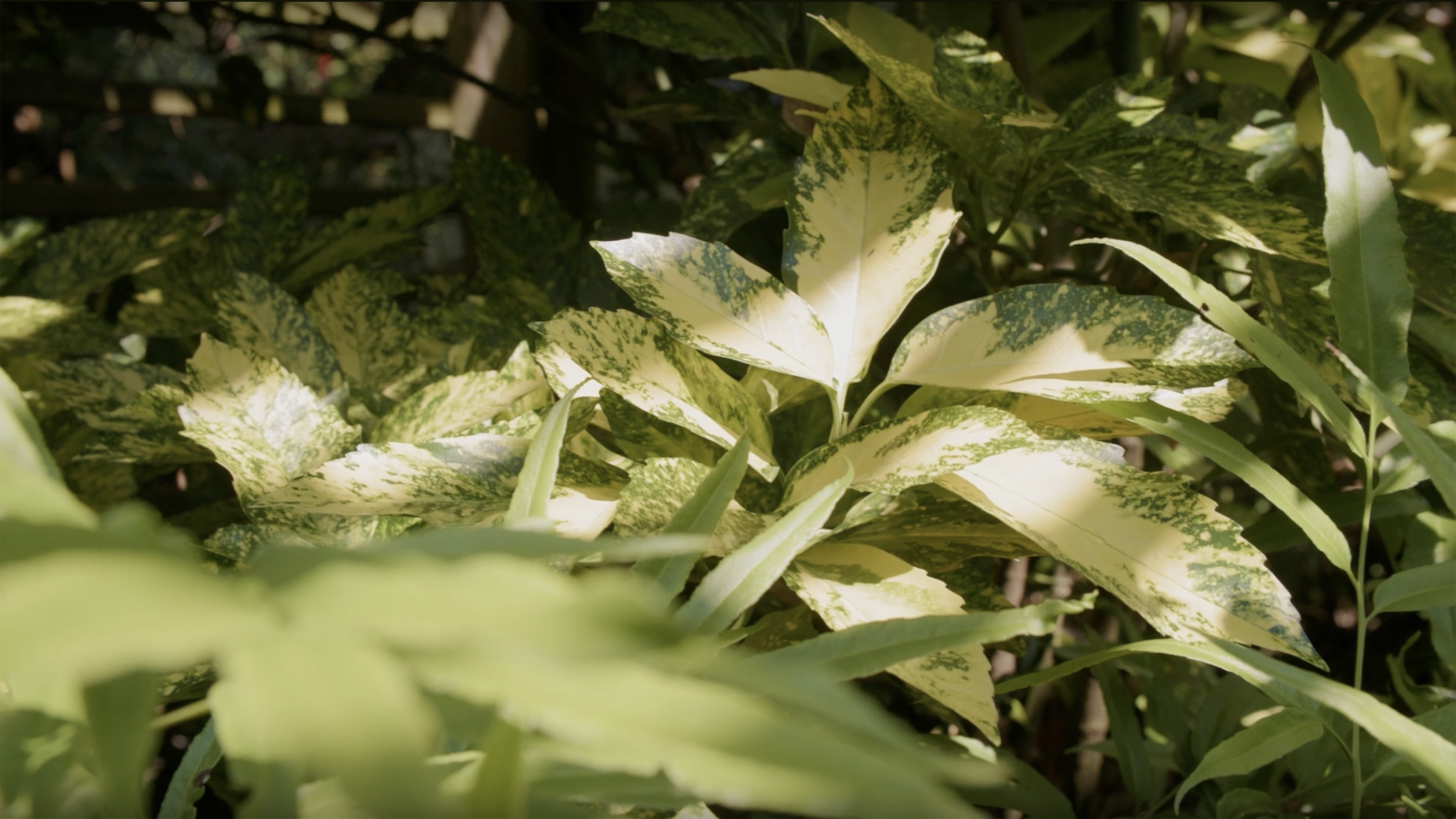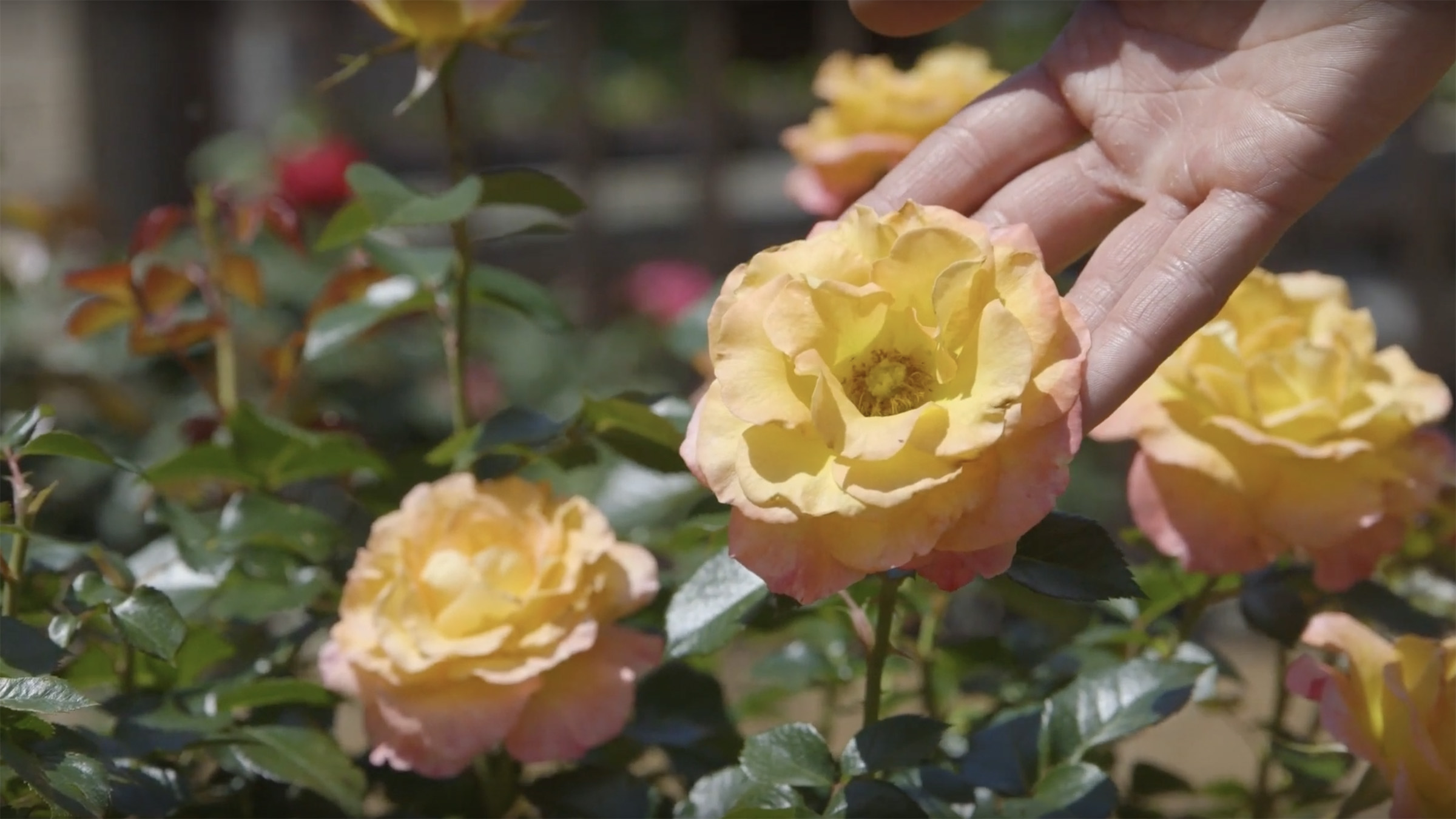Whether it’s the first snowfall welcoming winter or the fragrance of fresh flowers (and yellow pollen-coated cars) signaling the start of spring, we look to nature for certain signs that the seasons have arrived.
Nothing announces the arrival of autumn like the brilliance and splendor of fall foliage. In North Carolina, beautiful colors first burst forth from our western peaks. Striking, sun-tinged shades of yellow, orange and red roll like waves of color down the mountains and across the Piedmont, finally crashing into the coastal plain as fall is in full swing.
The bright colors associated with fall foliage are always present, they’re just hidden beneath chlorophyll (green pigment) until it dissolves and unmasks the colors underneath during autumn.
Everyone loves the luminous landscapes of fall, like freshly painted canvases created by trillions of leaves changing colors in unison. But have you ever wondered why or how leaves transform into those radiant reds, oranges and yellows? What kind of magic is Mother Nature working with here?
Make like a tree and leave it to us in this edition of Homegrown, where we turn to Bob Bardon, Ph.D., forestry and environmental resources expert with NC State University, for the facts on fall foliage. Join us as we discover the science behind nature’s annual autumn art show!
The Leaves They Are A-Changin’
When it comes to colorful leaves, you’ve probably noticed that some autumns seem to offer a brighter display than others. That’s because this seasonal spectacle is directly related to temperature and day length, starting in summer. Weather conditions play a vital role, with cool nights, sunny days and ample rain acting as key ingredients for bright colors.
Stubborn summers, where warmer days and nights stick around further into fall, can delay or dull the colorful leaves.
Shorter days and cooler temps trigger a response in trees, telling them it’s time to prepare for a winter hibernation of sorts. The trees produce less and less chlorophyll (a green pigment), which gradually dissipates, revealing the remaining pigments that were there all along.

The color and vibrancy of leaves vary each fall depending on the type of tree. Red oak and sugar maples, for example, tend to develop deep red and orange leaves, while trees like birch, hickory and cherry have bright yellow and orange hues.
Beta-carotene, the same pigment that makes carrots orange, is one of the most common carotenoids found in leaves. Other ever-present pigments in leaves, called flavonols, also contribute to the yellow color of egg yolks. Anthocyanins, pigments that are formed when sugars in leaves break down in bright autumn sunlight, are responsible for rich red colors.
Fall Foliage Prediction Map
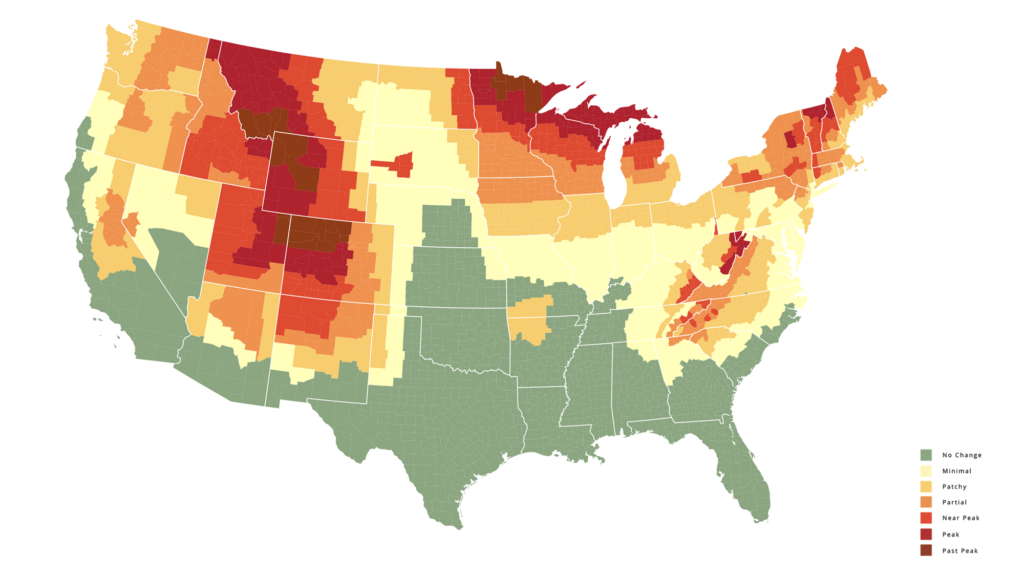
In North Carolina, the color changes start in the mountains — at higher elevations — often as early as September. Doing their best impression of the wave, the colors work their way across the state from west to east throughout October.
There’s a four- to six-week window to experience peak colors somewhere in the state, from the time the mountains first reach peak color to the time the leaves change in the coastal plain.
More Than Just a Pretty Forest
Forests provide significant value to North Carolina’s overall well-being, creating roughly $35 billion in economic impact each year while supporting more than 148,000 jobs. Factor in another $20 billion economic contribution related to the North Carolina tourism industry, and you can begin to grasp the important role natural resources play in our state’s prosperity.
Nearly 60% of North Carolina’s land area — more than 18 million acres — is covered with forests.
Many of North Carolina’s state parks and educational forests are great places to visit when looking to take in the beauty of fall foliage.
Fast Facts about Fall Foliage
- Sunlight, rain and lower temperatures produce brighter and more intense leaf colors.
- Leaves of sick trees change and fall off much sooner than healthy trees.
- Evergreen trees like cedars, pines and spruces remain green through the winter; their unique needles conserve more water for year-round photosynthesis than their deciduous counterparts.
- Bananas and leaves go through the same process in order to produce food. When bananas are picked, the chlorophyll is reduced the same way in which leaves lose chlorophyll as temperatures change.
- In North Carolina, fall foliage tourism accounts for about $1 billion per year towards the economy.
- Categories:
